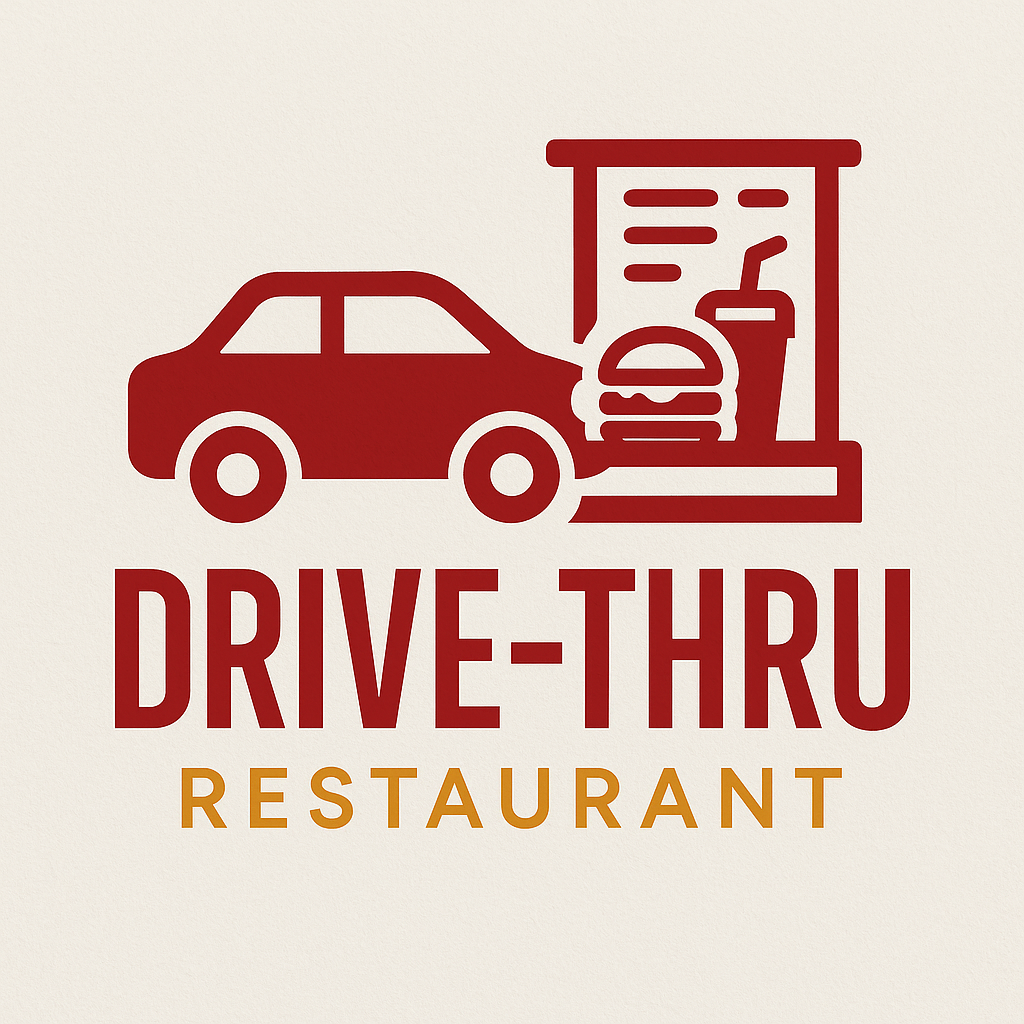Industry Overview
The drive-thru restaurant industry is a core segment of quick-service dining, designed around convenience, speed, and efficiency. First popularized in the United States in the mid-20th century, the model has since expanded globally, becoming a hallmark of fast food chains, coffee shops, and even casual dining concepts adapting to on-the-go consumer demand. Drive-thru sales account for a large percentage of revenue in major quick-service restaurants, with some brands reporting 70% or more of total transactions occurring at the drive-thru window.
Drive-thru restaurants serve a wide range of offerings—from burgers, fries, and soft drinks to specialty coffees, smoothies, and healthier menu options. Increasingly, full-service and fast-casual brands are also exploring drive-thru formats to meet modern consumer expectations. The defining value proposition is speed, consistency, and minimal friction, making it a highly competitive sector that thrives on efficiency.
Industry Trends
The COVID-19 pandemic accelerated the importance of drive-thru operations, with many restaurants investing in digital menu boards, mobile ordering integrations, and AI-powered ordering systems to reduce wait times and errors. Two-lane and multi-lane drive-thrus are becoming more common in busy urban areas, while innovations such as geofencing allow restaurants to prepare orders as customers approach.
There’s also a push toward healthier and specialty offerings, as consumer preferences shift. Coffee shops, juice bars, and fast-casual eateries are adapting the drive-thru model to provide more diverse options, expanding beyond the traditional burger-and-fries model.
Challenges & Opportunities
Challenges include managing labor efficiency, order accuracy, and throughput during peak times. Restaurants must balance staffing with automation, ensuring that service remains quick without sacrificing customer satisfaction. Drive-thrus are also heavily dependent on technology reliability—from POS terminals to headsets, cameras, and payment systems—making infrastructure investments essential.
The greatest opportunities lie in embracing digital transformation. Brands that leverage AI for order taking, implement loyalty apps, and create frictionless mobile integrations can capture market share by delivering not just food, but a personalized, tech-enhanced customer experience. Sustainability is another emerging focus, with eco-friendly packaging, energy-efficient equipment, and modernized building designs reshaping the industry’s image.


